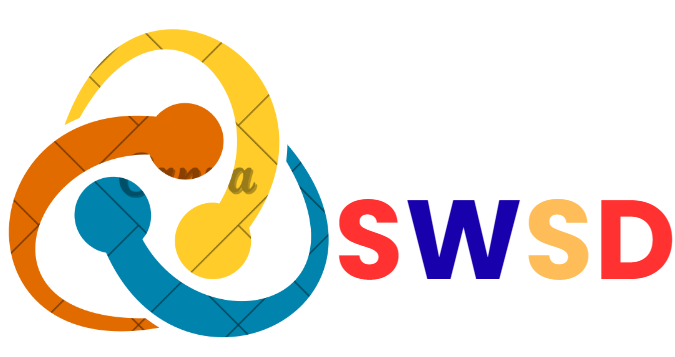In the modern digital workspace, efficiency and productivity are more important than ever. Professionals across industries—from marketers to educators, business leaders to content creators—rely on artificial intelligence to produce content quickly. AI tools can draft reports, social media posts, emails, and presentations in mere minutes, saving hours of manual effort.
However, while AI speeds up content creation, it often produces text that feels robotic or lacks human nuance. Ensuring that content is both accurate and engaging requires the combined power of AI Humanizer and AI Detection. These tools help professionals maintain quality while maximizing productivity.
Understanding AI Detection
An AI Detector is a tool that determines whether a piece of text was generated by artificial intelligence. By analyzing sentence structure, vocabulary usage, and stylistic patterns, AI detection tools can identify content that may be machine-generated.
Professionals use AI detection to:
- Maintain credibility: Ensure communications appear authentic and professional.
- Prevent errors: Detect overly mechanical or repetitive AI content before publication.
- Uphold standards: Businesses and institutions rely on detection for quality assurance.
Using AI detection helps maintain trust, especially when content represents a brand or professional entity.
Limitations of AI Detection
Despite its usefulness, AI detection is not perfect. Common limitations include:
- False positives: Human-written content may occasionally be flagged as AI.
- False negatives: Advanced AI-generated content can evade detection.
- Context sensitivity: Specialized, creative, or technical writing may confuse detectors.
Because of these limitations, AI detection works best when used alongside tools that improve readability and human-like quality.
How AI Humanizer Enhances Productivity
An AI Humanizer transforms AI-generated drafts into natural, readable, and engaging text. Unlike simple editing software, humanizers refine tone, sentence flow, vocabulary, and overall clarity, ensuring content is professional and effective.
Benefits of using an AI Humanizer include:
- Improved readability: Text reads smoothly, saving time for both writers and readers.
- Higher engagement: Humanized content captures attention and connects with audiences.
- Brand consistency: Ensures professional communication maintains a unified voice.
- Efficiency: Professionals save time by refining AI drafts rather than rewriting them entirely.
Humanizers act as smart editors, allowing professionals to focus on strategy and execution rather than labor-intensive writing.
Combining AI Detection and AI Humanizer
The most effective workflow for professional content creation involves using both tools together:
- Draft with AI – Quickly generate reports, emails, presentations, or social media content.
- Run AI Detection – Identify any text that may appear robotic or machine-generated.
- Refine with AI Humanizer – Improve readability, tone, and overall quality.
- Manual review – Ensure accuracy, style alignment, and clarity.
- Publish or send confidently – Deliver content that is efficient, credible, and professional.
This workflow allows professionals to maximize efficiency without sacrificing quality or authenticity.
Practical Applications
- Corporate communications: Draft internal reports, announcements, and proposals quickly, then humanize for clarity and professionalism.
- Marketing: Generate multiple campaign drafts, humanize for brand alignment, and verify authenticity.
- Social media management: Produce high volumes of posts efficiently while maintaining a natural, engaging tone.
- Academic and educational content: Create course materials or research summaries that are polished, readable, and authentic.
Ethical Considerations
While AI Humanizers enhance content quality, professionals must use them responsibly. Misrepresenting AI-generated content as entirely human-written may raise ethical concerns, particularly in professional or academic contexts. Transparency builds trust with clients, colleagues, and audiences.
AI detection serves as a safeguard rather than a punitive measure, ensuring content maintains originality and professional standards. Using both tools responsibly ensures efficient, high-quality, and ethical content production.
Future Trends in Professional Content Creation
As AI technology continues to advance, both humanizers and detectors will become more sophisticated. AI detectors will identify subtle AI patterns, while humanizers will produce text that mirrors human nuance, creativity, and tone.
Professionals who leverage these tools effectively will gain a competitive edge, producing content that is fast, authentic, and highly impactful. The combination of AI efficiency and human refinement is poised to define the future of workplace productivity.
Conclusion
For professionals across industries, balancing speed with quality is crucial. An AI Detector ensures authenticity and safeguards credibility, while an AI Humanizer transforms AI-generated drafts into polished, professional, and human-like content.
By integrating these tools into daily workflows, professionals can maximize productivity, maintain high standards, and communicate effectively. In today’s AI-driven world, success comes from combining the efficiency of AI with the human touch that connects and engages audiences.




